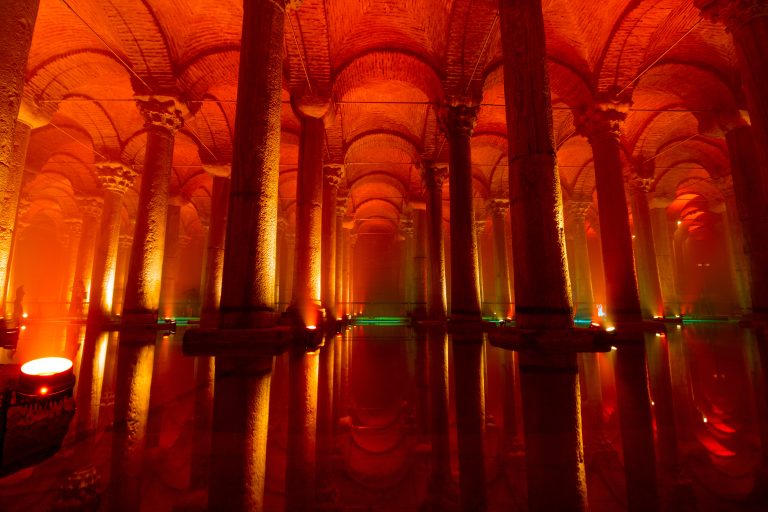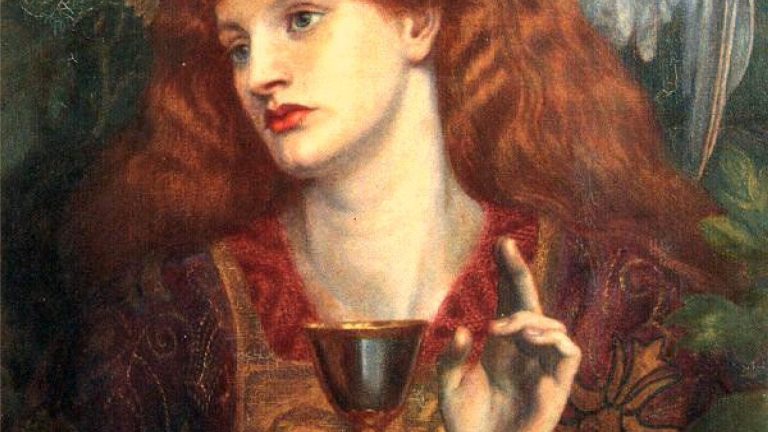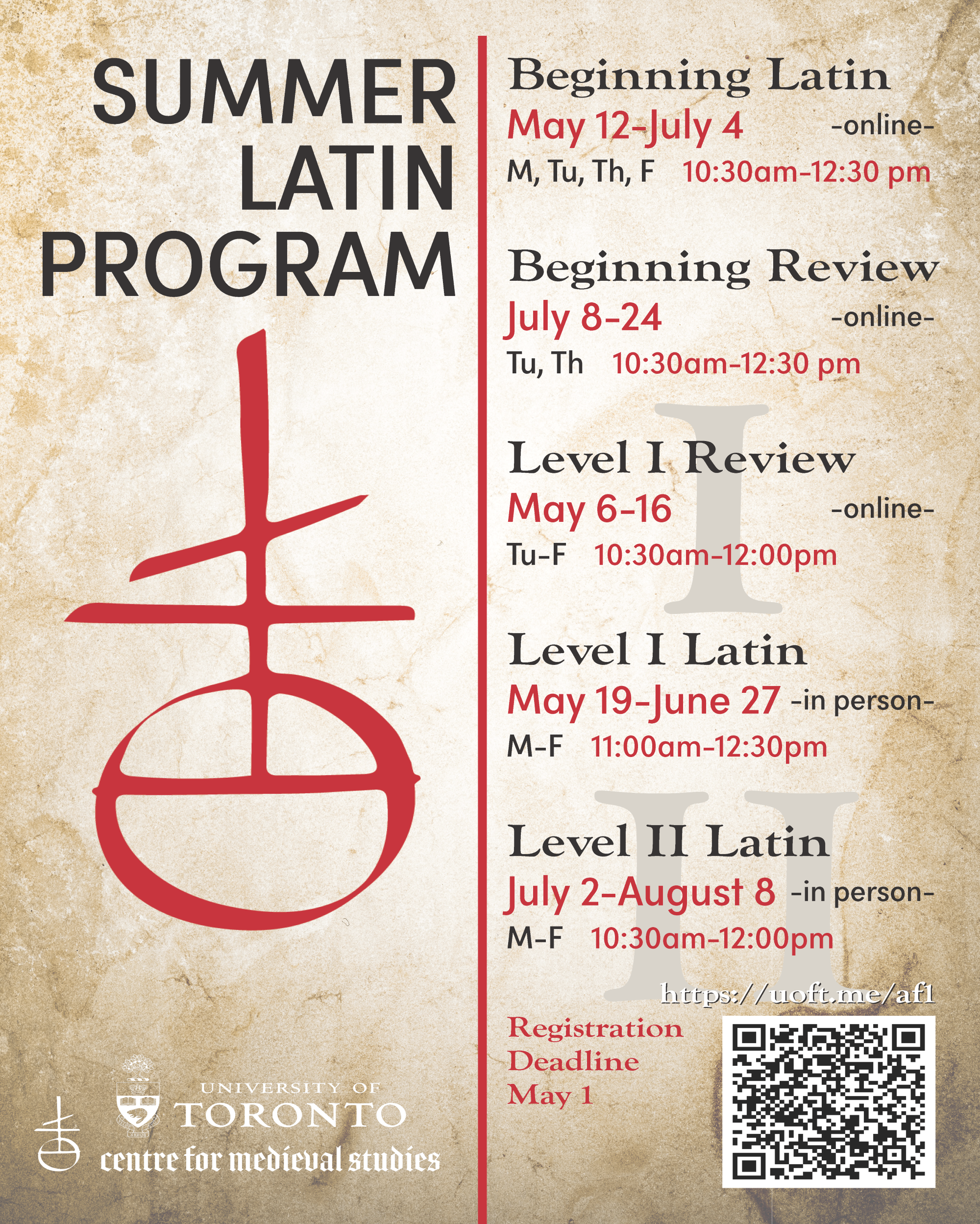Course registration for the 2025 Winter Session is coming up soon. Our courses are open to all UBC students!
Introduction to Medieval Studies (MDVL 210)
Term 1 | Mondays/Wednesdays, 11:00am-12:30pm


Photo source: Adobe Stock
The world of the Middle Ages has been the quintessential background for widely popular novels turned into films and TV series, such as The Lord of the Rings and Game of Thrones. This course examines, among other things, common medieval storylines, such as the increasingly central role of religion in human history (which still drives politics today), the emergence of powerful women in patriarchal societies, dynastic wars among noble families to control the imperial throne, the flexibility of human identity as well as multiethnicity through the study of art, architecture, and material culture. Our setting is the medieval world of Byzantium, one of the world’s most multi-ethnic and longest-lived empires that was the continuator of the Roman empire in the eastern Mediterranean fostering a rich and complex artistic culture from the fourth to the fifteenth centuries CE. At its apogee, the empire covered lands across three continents, from Italy and North Africa to the Black Sea and the Middle East. Introducing a diverse range of buildings, mosaics, frescoes, illustrated manuscripts, icons, textiles, jewelry, and ivories, the course considers the role of different social groups in the making of art with the aim of understanding some of the most important themes of Byzantine daily life.
Cross-listed with ARTH_V 210.
European Literature from the 5th to the 14th Century (MDVL 310): The Grail Quest: Myth, Mystery and Romance
Term 2 | Mondays/Wednesdays, 9:30am – 11:00am


Dante Gabriel Rossetti, The Damsel of the Sanct Grael (1874)
From Tennyson to Indiana Jones and The Da Vinci Code, much has been written and imagined about the Grail, but the earliest appearances of this mysterious artifact in medieval French literature are sometimes overlooked. This course is an opportunity to return to the great 12th and 13th century romances that first introduced the Grail and helped define it for subsequent generations.
Though the Grail is usually described today as the cup from which Christ drank at the Last Supper, early Grail romances are less clear on the matter. Chrétien de Troyes’ seminal Story of the Grail (c. 1180-1190) never quite explains the nature of the strange artifact that Perceval, a naive young man barely knighted by king Arthur, encounters during his adventures. In seeking to solve the mysteries left by Chrétien’s unfinished tale, however, his continuators and imitators built the Grail into an explicitly Christian relic, in line with the new religiosity of the early 13th century. The anonymous Quest of the Holy Grail (c. 1220) cements this interpretation and displaces Perceval in favour of a new hero, Galaad, a knight so pure and chaste as to be otherworldly: his adventures and those of his companions take place in a heavily allegorical version of the Arthurian world where every encounter has a deeper spiritual meaning.
In addition to these two romances, we will also study three short Welsh texts. Two are drawn from the Mabinogion: the romance of Peredur, which is a loose adaptation of Chrétien’s Story of the Grail, but might reflect earlier versions of the tale; and Branwen, the second branch of the Mabinogi, an early Welsh tale of war, death, rebirth and magic cauldrons, that hints at some of the earliest Celtic beliefs that may have influenced Chrétien’s work. The third, The Spoils of Annwfn, is a cryptic poem that tells of a trip by Arthur and his men to the mysterious Other World.
Throughout this course we will explore the themes of belief, valour, knowledge and fulfillment that unite the different early versions of the tale, despite their canonical divergences. The Grail quest, after all, is rarely about the Grail itself: it’s about self-discovery and finding the true nature of things beyond the veil of appearance.
Cross-listed with RMST_V 321


